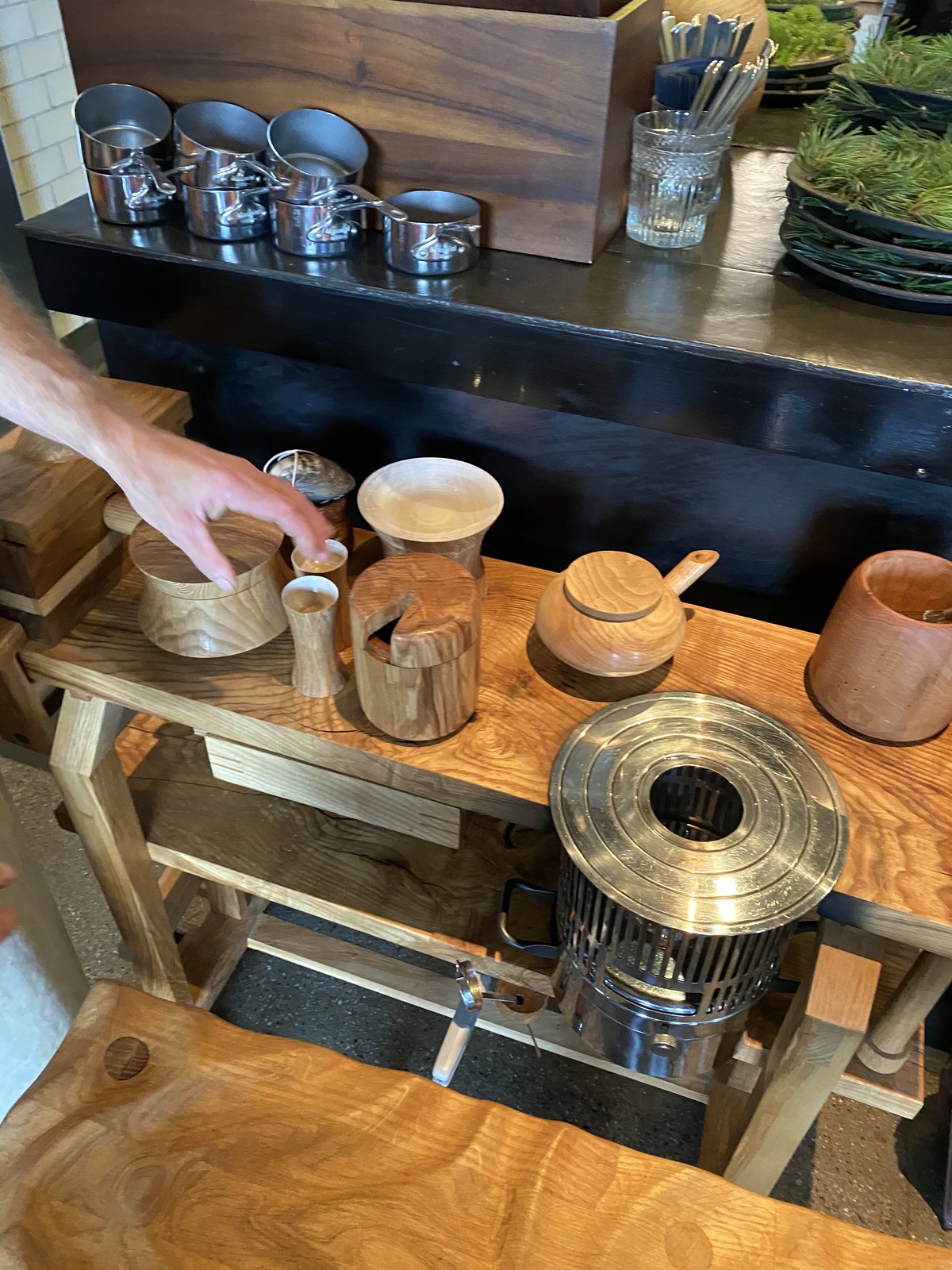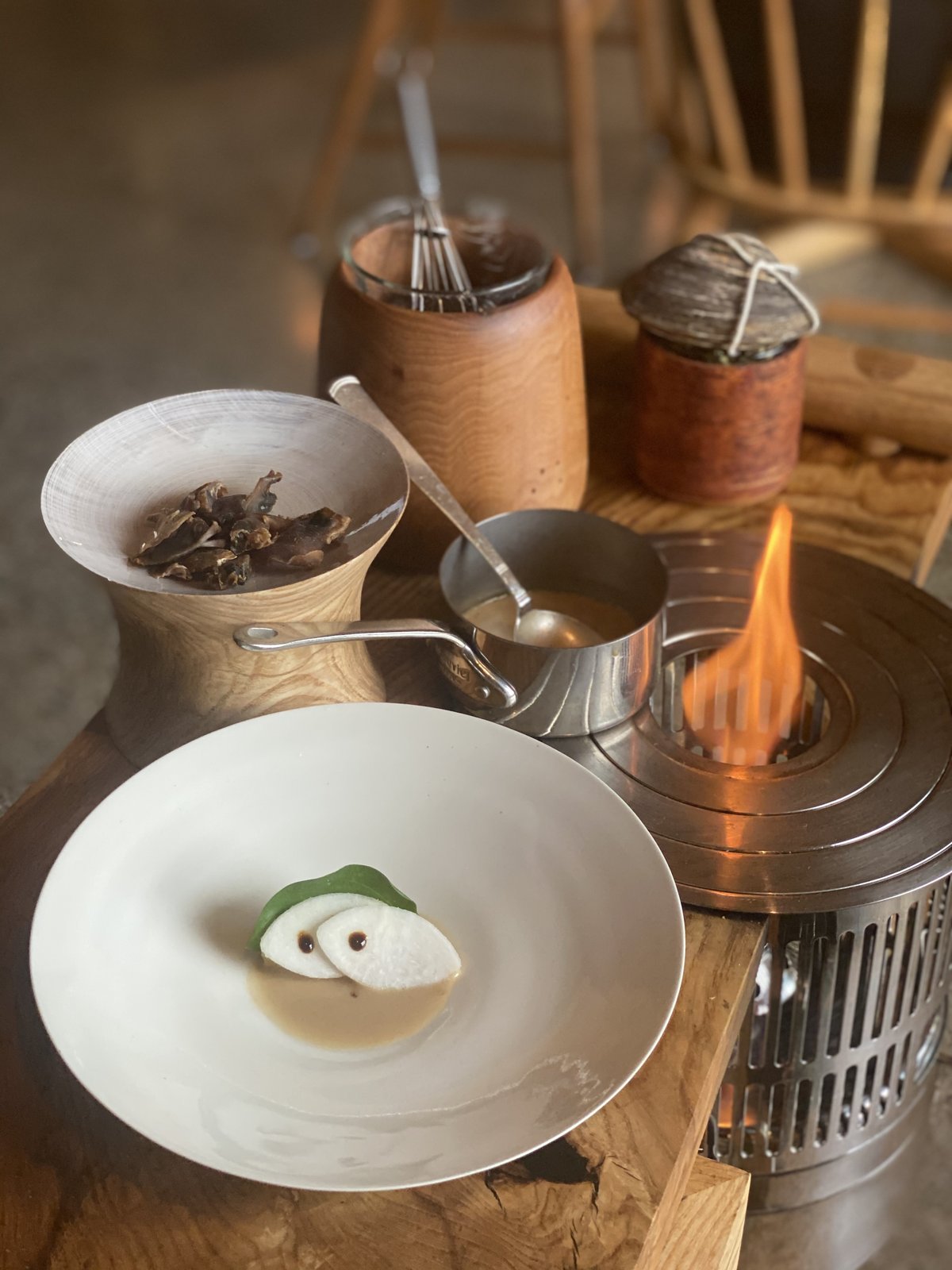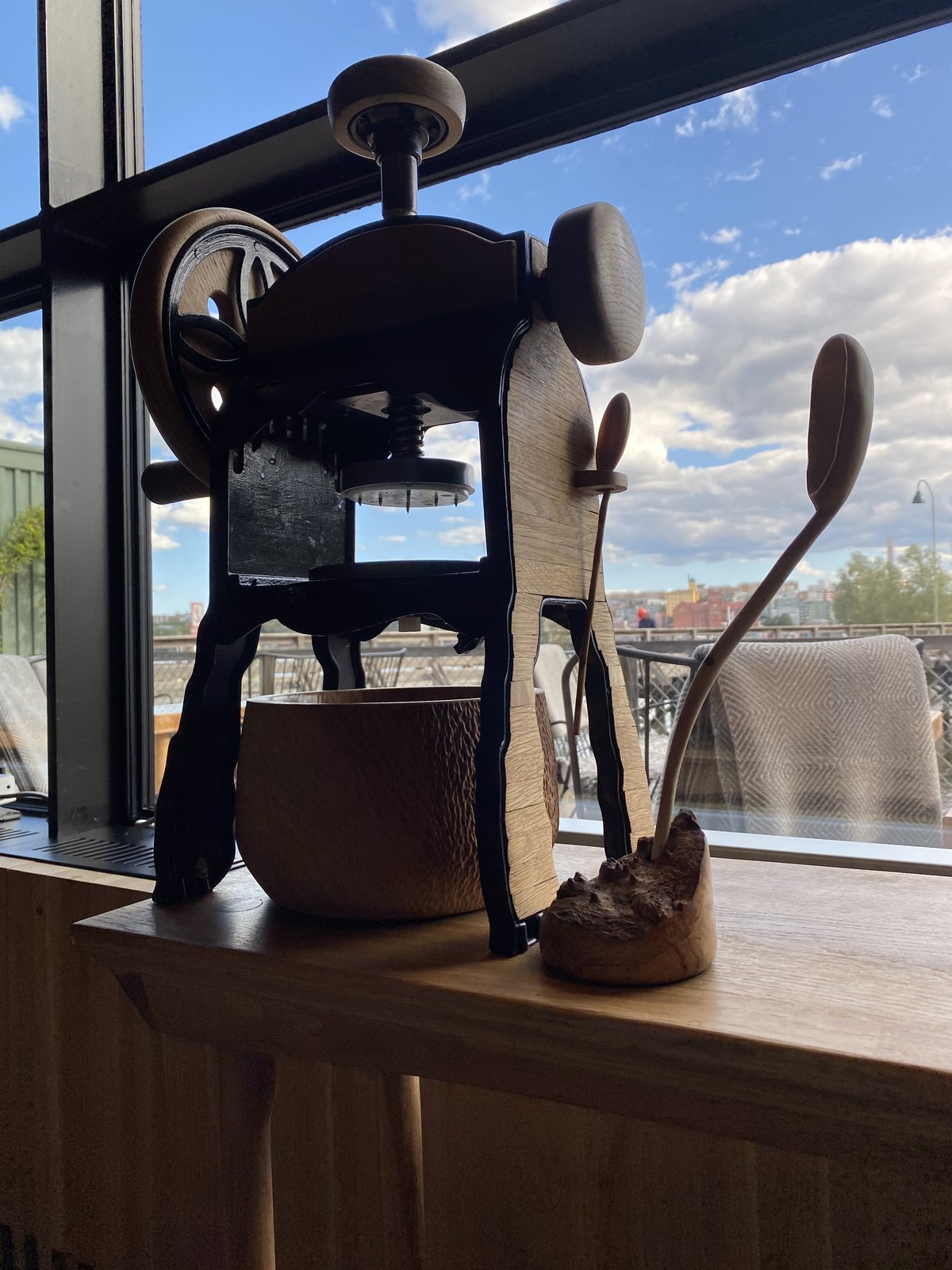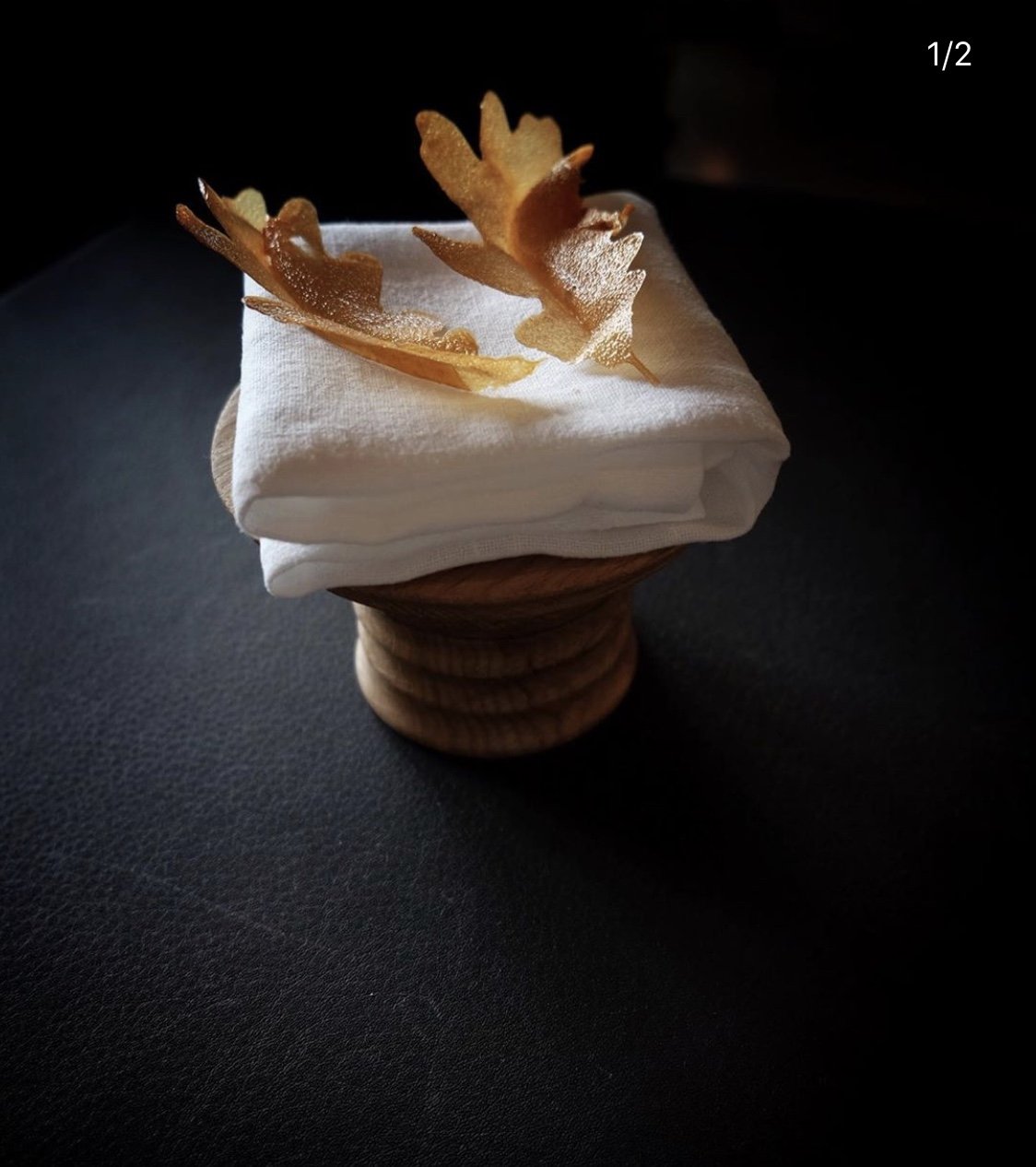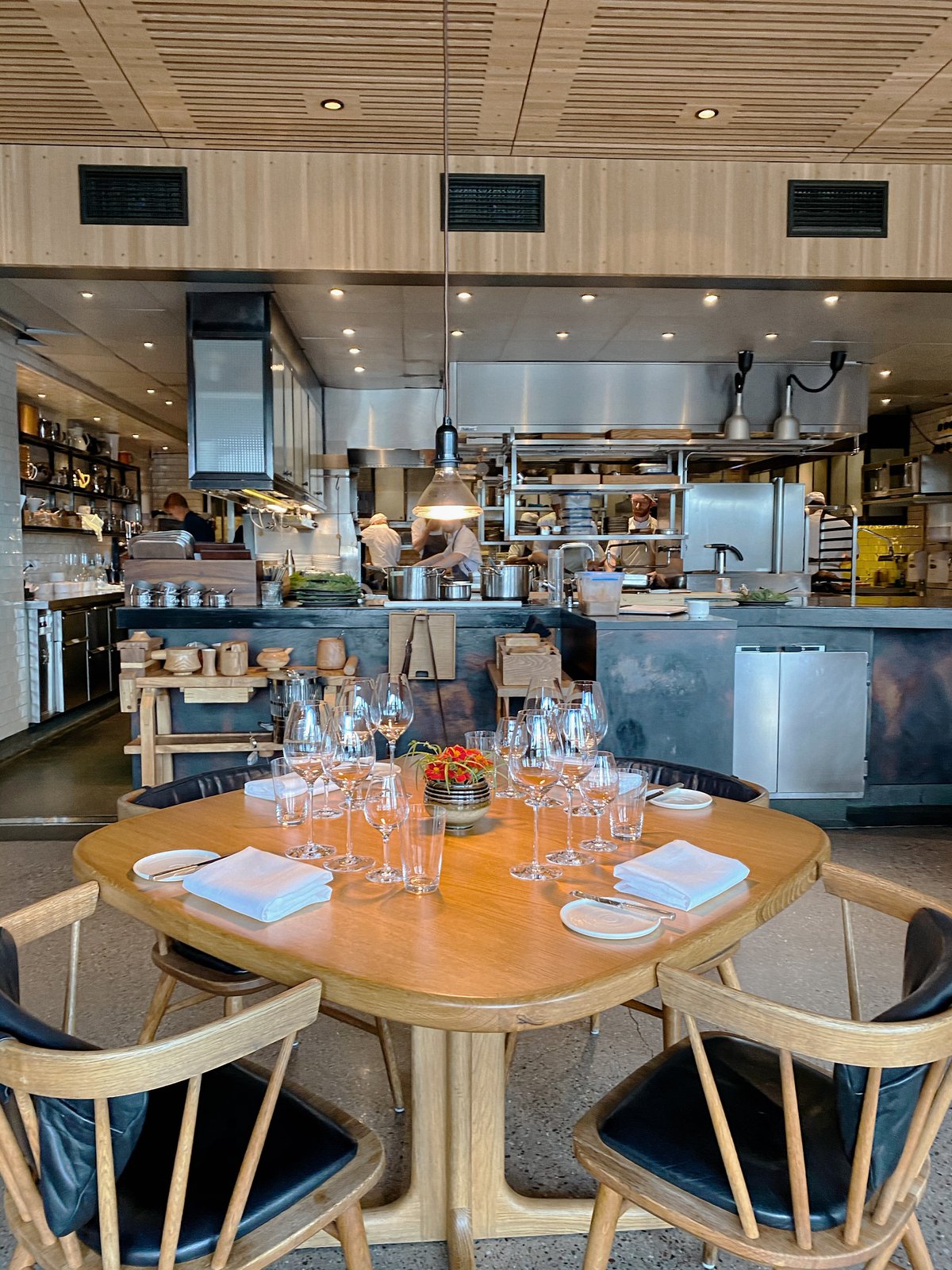Fine dining craftsmanship: the imaginative and distinctive woodwork in Oaxen Krog.
Oaxen Krog, fine dining in the true sense of the word
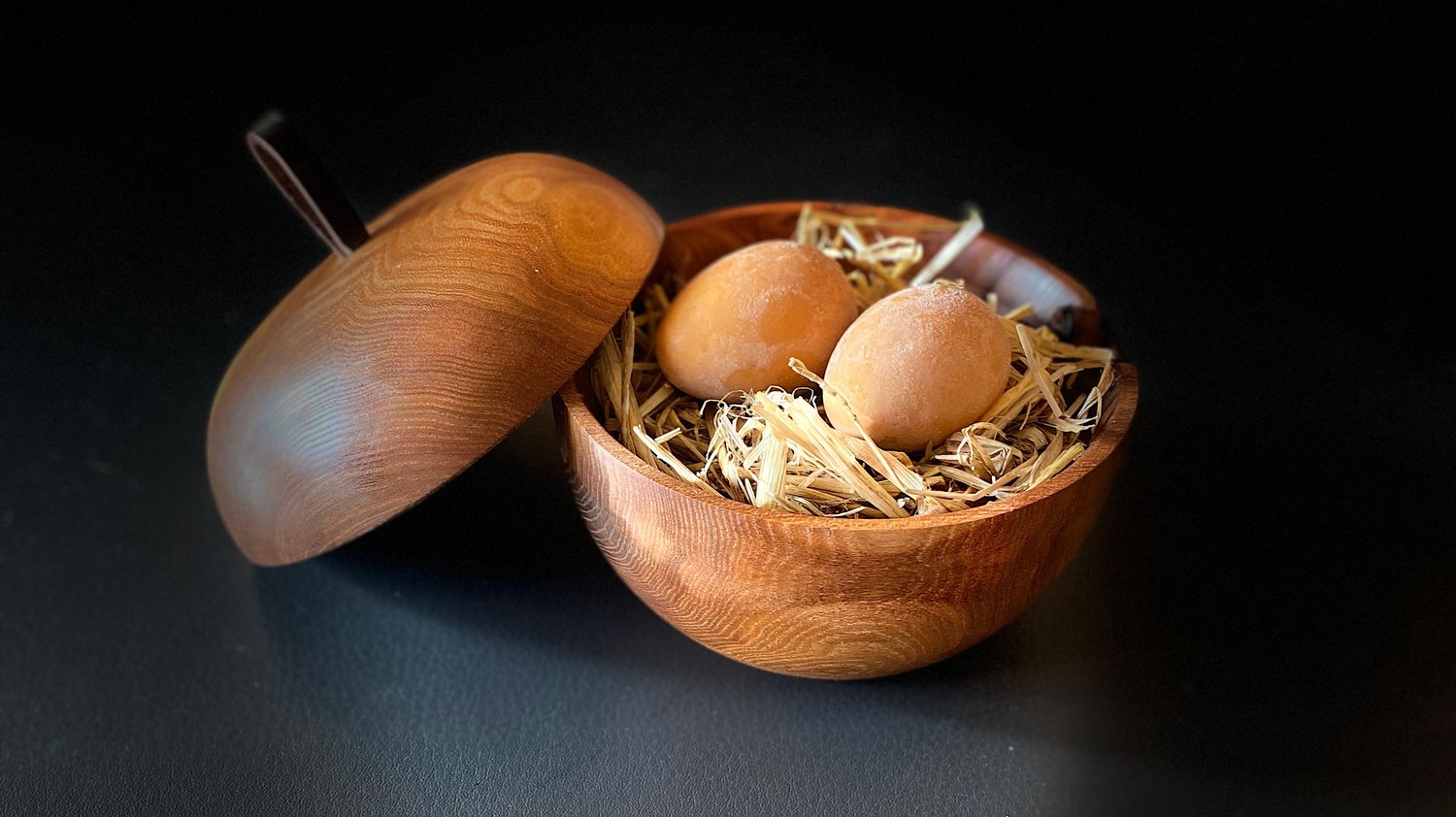
Oaxen Krog was opened in 1994 on a secluded island off the Swedish coast by the chef Magnus Ek and his partner Agneta Green. After 17 years spent on the island, the couple decided to exchange that slow-paced setting for a more dynamic reality and relocated to the centre of Stockholm – with a dream and a goal to create the best restaurant in the Nordic region.
Together they set up an ambitious project with two strands under the same roof: the fine dining restaurant Oaxen Krog and an easy-going bistro called Oaxen Slip. Success was not long in coming; the restaurant debuted in The World's Top 50 Best in 2006 (the same list that had Noma at 48) and won its first Michelin star in 2014, with another following just a year later.
Chef Magnus Ek is a well-known advocate of sustainable cooking: for many years, he has been implementing principles of zero waste, using local, ethically produced food and an overall respect for nature. Such personal dedication led to him winning the Michelin Nordic Countries Sustainability Award this year.
His cooking relies heavily on foraging, using edible plants and seasonal ingredients sourced from local farms or grown at the restaurant’s own Oaxen Farm. Since the restaurant’s opening in 1994, the fundamental idea was to stay close to nature and let it dictate the menu – the principle that was stated in the famous Nordic manifesto ten years later.

